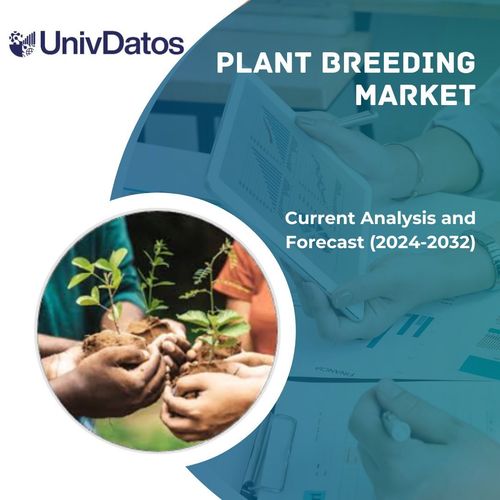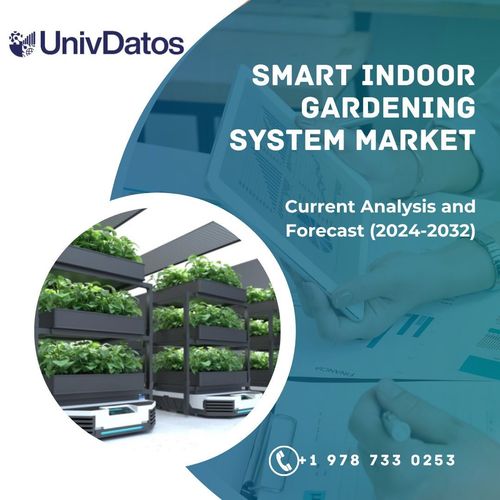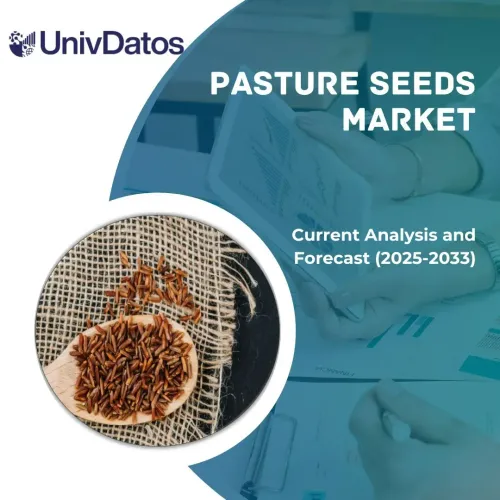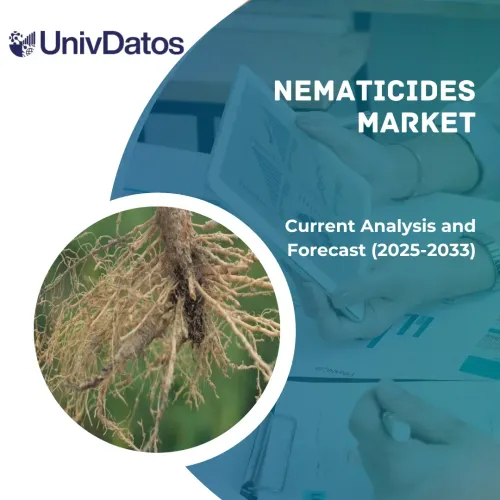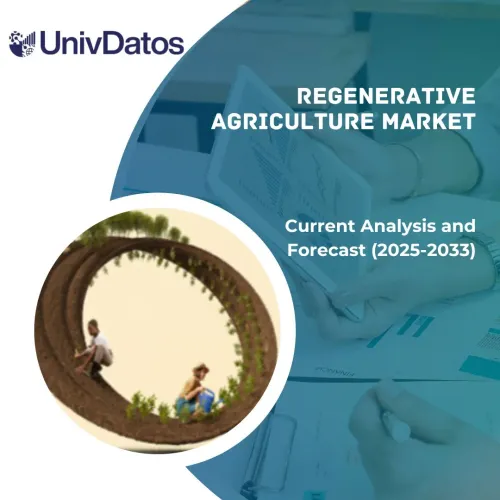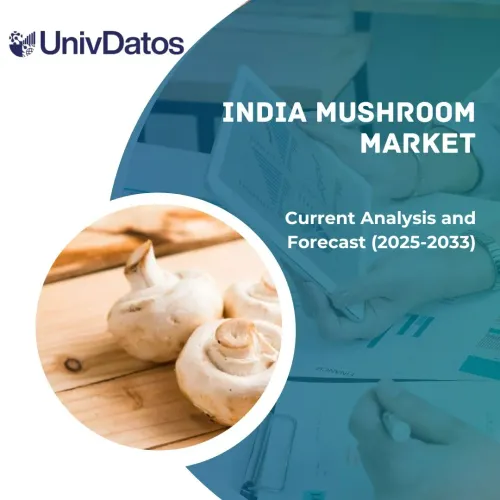- Home
- About Us
- Industry
- Services
- Reading
- Contact Us
Smart Indoor Gardening System Market: Current Analysis and Forecast (2024-2032)
Emphasis on Product Type (Smart Grow Lights, Smart Sensors & Controllers, Smart Irrigation Systems, Smart Planters & Pots, Others); End User (Residential, Commercial); Distribution Channel (Online, Offline); and Region/Country
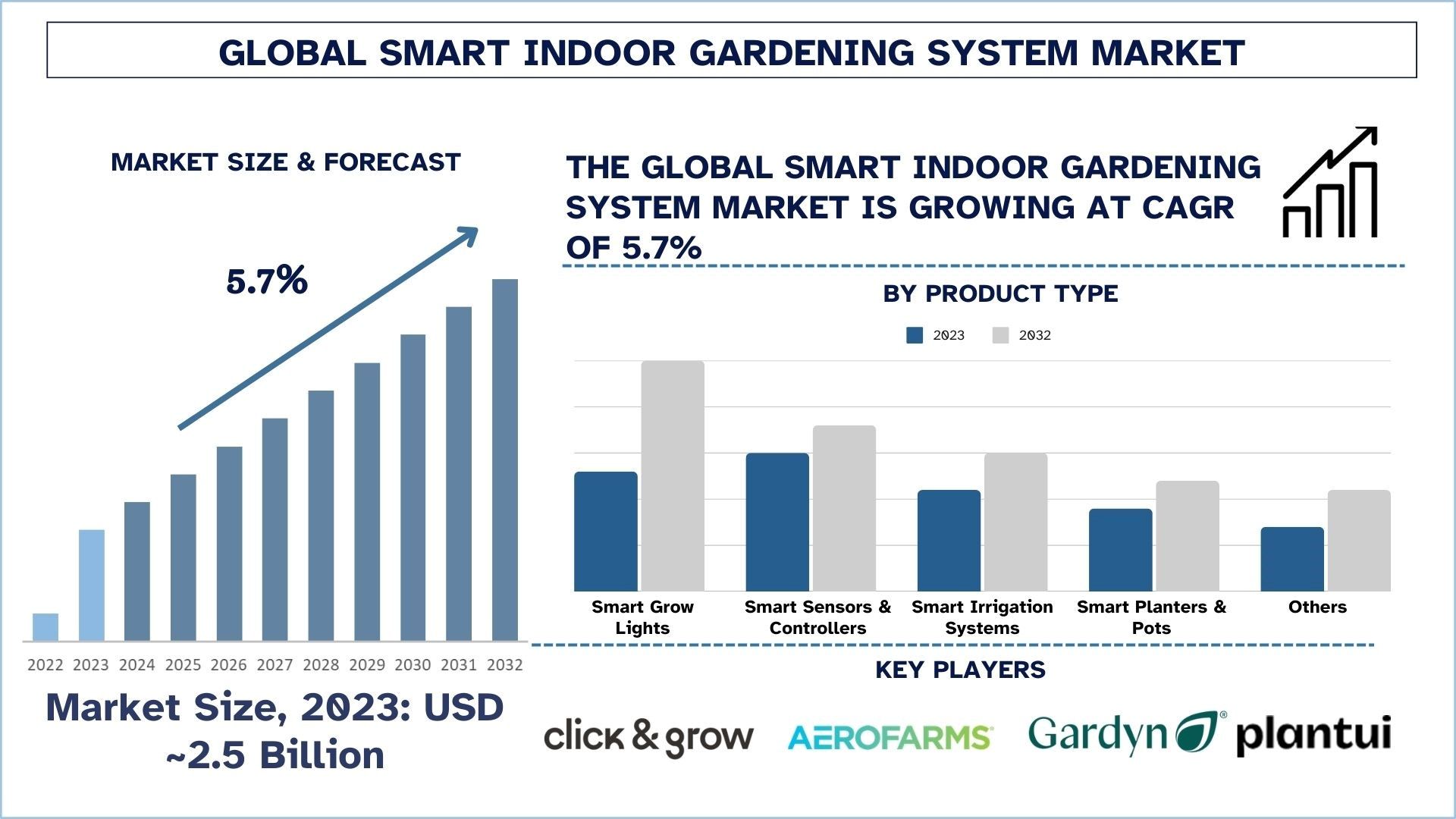
Smart Indoor Gardening System Market Size & Forecast
The Smart Indoor Gardening System Market was valued at approximately USD 2.5 Billion in 2023 and is expected to grow at a substantial CAGR of around 5.7% during the forecast period (2024-2032) owing to the growing awareness of food security, government initiatives on sustainable agriculture.
Smart Indoor Gardening System Market Analysis
Smart Indoor Gardening System is the modern approach towards controlled agricultural practice in buildings that uses computing technology, IoT, and AI for execution. Such systems offer controlled conditions for plant growth by controlling aspects such as the amount of light, water and nutrient they are exposed to, which makes hydroponics an efficient and innovation method of practice plant growing in urban areas.
For market growth, the major key players are aiming to incorporate AI and IoT to smart indoor gardening systems for improved automation and customer convenience. They are also adding more products to their portfolio, applying the modular design concept, optimizing the lighting system with LEDs, and introducing subscription services to keep customers involved all the time. Further, the firms are partnering with smart home ecosystems and are also using the e commerce channels to expand the consumption factor for their products.
On October 23, 2024, Plantaform Technology Inc., a Canadian agritech company building smart indoor fogponics gardens inspired by NASA, announced a production milestone achieved in partnership with Gatineau-based company Centre de Travail Laro.
On October 19, 2022, Gardyn released the most-advanced home hydroponic system to date: Gardyn Home 3.0. It allows consumers to regain control over their food with no green thumb required thanks to AI, and embark on the journey towards a healthier and more sustainable lifestyle.
Smart Indoor Gardening System Market Trends
This section discusses the key market trends influencing the various segments of the smart indoor gardening system market as identified by our research experts.
Smart Sensors and Controllers Transforms Smart Indoor Gardening System Industry
The smart sensors and control systems optimize automation where one can monitor soil moisture, temperature, and nutrients to help the plants grow and produce more yields. These characteristics make the indoor gardening more efficient, requiring less human interference and are appealing to consumer. Such advanced control supported by AI controllers ensures proper water and light programming to the plants. Thus, increasing interest in the IoT and AI-enabled home devices pushes the demand for smart gardening systems even higher. They spend more money on the research and development of sensors for enhanced accuracy and interface with applications for remote use as well as for data analysis. For instance, on November 1, 2021, Gardyn announced the launch of the Gardyn Home Kit 2.0, building upon Gardyn’s revolutionary technology with improvements that take your indoor “Gardyning” experience to the next level while also bringing an artful aesthetic to your home’s interior design. The 2.0 version features an enhanced column design to make the hybriponicTM system even more efficient at growing plants and easier to maintain. The ultrasonic sensors improve the accuracy of plant water intake measurements and a more energy-efficient pump with embedded performance monitoring optimizes further plant irrigation.
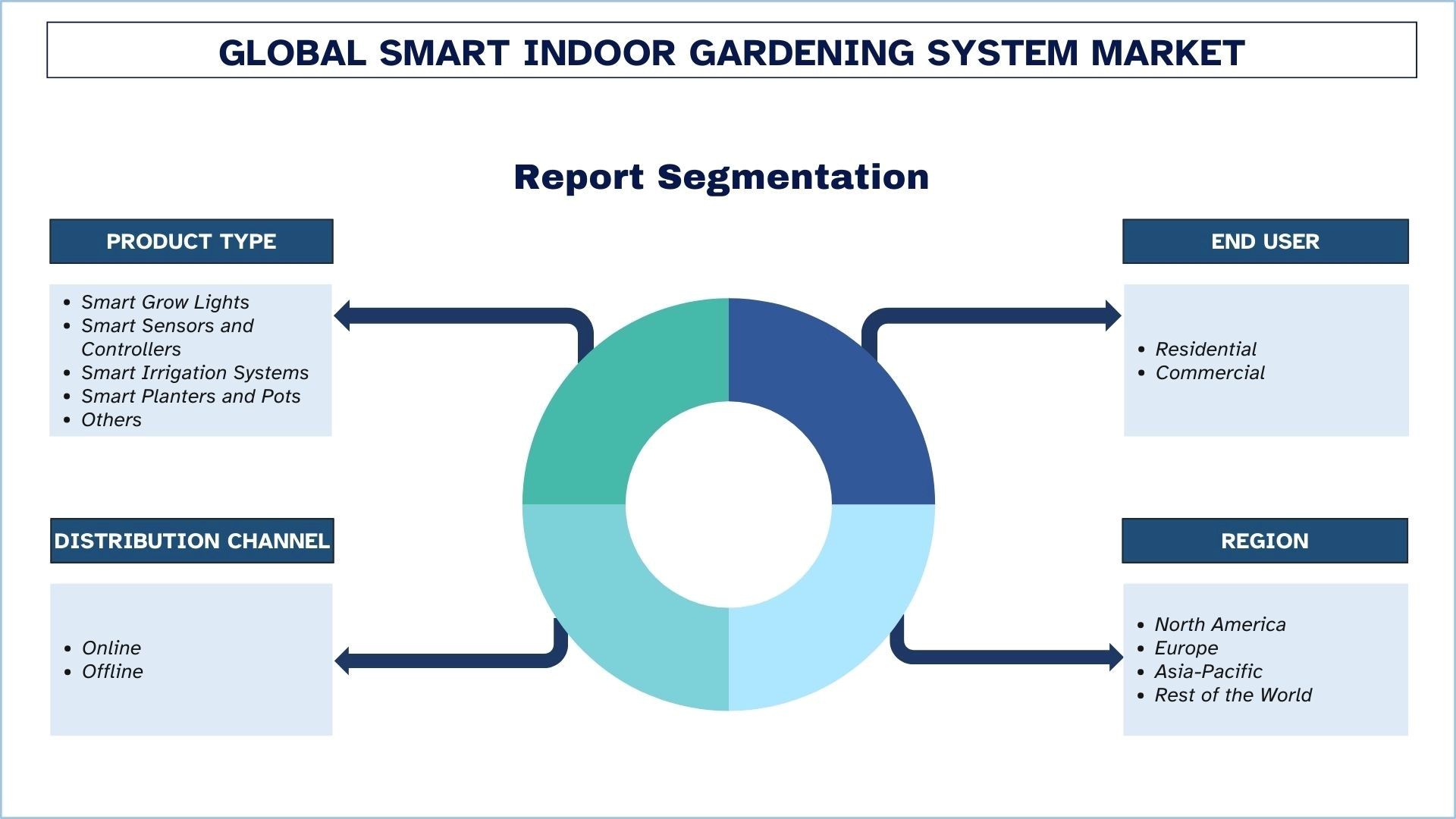
North America leads the market.
North America is the largest contributor to growth as a result of the high levels of urbanization, the shift to smart homes and households’ preference of locally grown organic products. The residents and consumers in this region are able to value convenience, sustainability, and such things promoted by technology that has triggered the uptake of smart indoor gardens. The existence of these major players and the robust expenditure in IoT as well as AI inventions ensure that the industry progresses. Thus, the companies rely on monitoring, an application-based control system, and hydroponic systems to enhance the product differentiation aimed at attracting tech-savvy consumers. Further, the grocers and producers use e-commerce, smart homes, and assertive online advertising to improve the market share. For instance, in January, 2025, at CES, Plantaform, a pioneer in sustainable indoor gardening, announced the launch of its Smart Indoor Garden in the United States. Named CES Innovation Awards® Best of Innovation in the Food and AgTech category for 2025, Plantaform is the world's first smart indoor garden that uses fog to grow plants.

Smart Indoor Gardening System Industry Overview
The Smart Indoor Gardening System market is competitive, with several global and international players. The key players are adopting different growth strategies to enhance their market presence, such as partnerships, agreements, collaborations, new product launches, geographical expansions, and mergers and acquisitions. Some of the major players operating in the market are CLICK & GROW LLC, BSH Home Appliances Group (Bosch), AeroFarms, Rise Gardens, Gardyn, Plantui, AeroGarden, The Scotts Company LLC, LG Electronics, Plenty Unlimited Inc.
Smart Indoor Gardening System Market News
On December 24, 2024, LG Electronics (LG) unveiled its innovative new indoor gardening appliance at CES 2025. This latest personal horticultural solution combines an advanced system that encourages fast, healthy plant growth with a modern floor-standing lamp design, effortlessly stylish in any setting. Ideal for gardening novices as well as urbanites who enjoy bringing nature into their homes, this appliance makes plant cultivation a simple and satisfying experience.
on December 16, 2021, LG Electronics’ (LG) unveiled at CES 2022 with its modern freestanding indoor gardening appliance, LG tiiun.1 Tiiun, which means “to sprout” in Korean, is an apt name for LG’s newest appliance that enables even the most novice of gardeners to cultivate vegetables, herbs and even flowers in the comfort of their own homes, all year long.2 Stylish and remarkably simple to use, LG’s latest lifestyle innovation offers all the benefits of a full-featured garden without the worries of pests or unfavorable climate.
On November 16, 2021, The team of indoor gardening experts at LetPot announced the launch of an innovative and easy-to-use app-controlled gardening system designed for growing herbs and vegetables indoors. This highly advanced planter system features automated watering, LED lighting options, and expandable modular pot system for easy indoor gardening.
Smart Indoor Gardening System Market Report Coverage
Report Attribute | Details |
Base year | 2023 |
Forecast period | 2024-2032 |
Growth momentum | Accelerate at a CAGR of 5.7% |
Market size 2023 | USD 2.5 Billion |
Regional analysis | North America, Europe, Asia-Pacific, Rest of the World |
Major contributing region | Asia-Pacific is expected to grow at the highest CAGR during the forecasted period. |
Key countries covered | U.S., Canada, Germany, France, UK, Spain, Italy, China, Japan, and India |
CLICK & GROW LLC, BSH Home Appliances Group (Bosch), AeroFarms, Rise Gardens, Gardyn, Plantui, AeroGarden, The Scotts Company LLC, LG Electronics, Plenty Unlimited Inc. | |
Report Scope | Market Trends, Drivers, and Restraints; Revenue Estimation and Forecast; Segmentation Analysis; Demand and Supply Side Analysis; Competitive Landscape; Company Profiling |
By Product Type, By End User, By Distribution Channel, By Region/Country |
Reasons to buy this report:
The study includes market sizing and forecasting analysis validated by authenticated key industry experts.
The report presents a quick review of overall industry performance at one glance.
The report covers an in-depth analysis of prominent industry peers with a primary focus on key business financials, product portfolios, expansion strategies, and recent developments.
Detailed examination of drivers, restraints, key trends, and opportunities prevailing in the industry.
The study comprehensively covers the market across different segments.
Deep dive regional level analysis of the industry.
Customization Options:
The global Smart Indoor Gardening System market can be customized further as per the requirement or any other market segment. Besides this, UMI understands that you may have your own business needs, hence feel free to connect with us to get a report that completely suits your requirements.
Table of Content
Research Methodology for the Smart Indoor Gardening System Market Analysis (2022-2032)
Analyzing the historical market, estimating the current market, and forecasting the future market of the global Smart Indoor Gardening System market were the three major steps undertaken to create and analyze the adoption of Smart Indoor Gardening System in major regions globally. Exhaustive secondary research was conducted to collect the historical market numbers and estimate the current market size. Secondly, to validate these insights, numerous findings and assumptions were taken into consideration. Moreover, exhaustive primary interviews were also conducted, with industry experts across the value chain of the global Smart Indoor Gardening System market. Post assumption and validation of market numbers through primary interviews, we employed a top-down/bottom-up approach to forecasting the complete market size. Thereafter, market breakdown and data triangulation methods were adopted to estimate and analyze the market size of segments and sub-segments of the industry. Detailed methodology is explained below:
Analysis of Historical Market Size
Step 1: In-Depth Study of Secondary Sources:
A detailed secondary study was conducted to obtain the historical market size of the Smart Indoor Gardening System market through company internal sources such as annual reports & financial statements, performance presentations, press releases, etc., and external sources including journals, news & articles, government publications, competitor publications, sector reports, third-party database, and other credible publications.
Step 2: Market Segmentation:
After obtaining the historical market size of the Smart Indoor Gardening System market, we conducted a detailed secondary analysis to gather historical market insights and share for different segments & sub-segments for major regions. Major segments are included in the report as product type, end user, distribution channel, and regions. Further country-level analyses were conducted to evaluate the overall adoption of testing models in that region.
Step 3: Factor Analysis:
After acquiring the historical market size of different segments and sub-segments, we conducted a detailed factor analysis to estimate the current market size of the Smart Indoor Gardening System market. Further, we conducted factor analysis using dependent and independent variables such as product type, end user, distribution channel, and regions of the Smart Indoor Gardening System market. A thorough analysis was conducted for demand and supply-side scenarios considering top partnerships, mergers and acquisitions, business expansion, and product launches in the Smart Indoor Gardening System market sector across the globe.
Current Market Size Estimate & Forecast
Current Market Sizing: Based on actionable insights from the above 3 steps, we arrived at the current market size, key players in the global Smart Indoor Gardening System market, and market shares of the segments. All the required percentage shares split and market breakdowns were determined using the above-mentioned secondary approach and were verified through primary interviews.
Estimation & Forecasting: For market estimation and forecast, weights were assigned to different factors including drivers & trends, restraints, and opportunities available for the stakeholders. After analyzing these factors, relevant forecasting techniques i.e., the top-down/bottom-up approach were applied to arrive at the market forecast for 2032 for different segments and sub-segments across the major markets globally. The research methodology adopted to estimate the market size encompasses:
The industry’s market size, in terms of revenue (USD) and the adoption rate of the Smart Indoor Gardening System market across the major markets domestically
All percentage shares, splits, and breakdowns of market segments and sub-segments
Key players in the global Smart Indoor Gardening System market in terms of products offered. Also, the growth strategies adopted by these players to compete in the fast-growing market
Market Size and Share Validation
Primary Research: In-depth interviews were conducted with the Key Opinion Leaders (KOLs) including Top Level Executives (CXO/VPs, Sales Head, Marketing Head, Operational Head, Regional Head, Country Head, etc.) across major regions. Primary research findings were then summarized, and statistical analysis was performed to prove the stated hypothesis. Inputs from primary research were consolidated with secondary findings, hence turning information into actionable insights.
Split of Primary Participants in Different Regions

Market Engineering
The data triangulation technique was employed to complete the overall market estimation and to arrive at precise statistical numbers for each segment and sub-segment of the global Smart Indoor Gardening System market. Data was split into several segments and sub-segments after studying various parameters and trends in the product type, end user, distribution channel, and regions of the global Smart Indoor Gardening System market.
The main objective of the Global Smart Indoor Gardening System Market Study
The current & future market trends of the global Smart Indoor Gardening System market were pinpointed in the study. Investors can gain strategic insights to base their discretion for investments on the qualitative and quantitative analysis performed in the study. Current and future market trends determined the overall attractiveness of the market at a regional level, providing a platform for the industrial participant to exploit the untapped market to benefit from a first-mover advantage. Other quantitative goals of the studies include:
Analyze the current and forecast market size of the smart indoor gardening system market in terms of value (USD). Also, analyze the current and forecast market size of different segments and sub-segments.
Segments in the study include areas of product type, end user, distribution channel, and regions.
Define and analyze the regulatory framework for the Smart Indoor Gardening System
Analyze the value chain involved with the presence of various intermediaries, along with analyzing customer and competitor behaviors of the industry.
Analyze the current and forecast market size of the smart indoor gardening system market for the major region.
Major countries of regions studied in the report include Asia Pacific, Europe, North America, and the Rest of the World
Company profiles of the Smart Indoor Gardening System market and the growth strategies adopted by the market players to sustain the fast-growing market.
Deep dive regional level analysis of the industry
Frequently Asked Questions FAQs
Q1: What is the Smart Indoor Gardening System market's current size and growth potential?
The Smart Indoor Gardening System market was valued at USD 2.5 Billion in 2023 and is expected to grow at a CAGR of 5.7% during the forecast period (2024-2032).
Q2: What are the driving factors for the growth of the Smart Indoor Gardening System market?
The increasing smart home adoption, growing awareness of food security, rising demand for aesthetic & functional home decor, expansion of e-commerce channels, improved led grow light technology, and higher disposable income & changing lifestyles drive the Smart Indoor Gardening System market.
Q3: Which segment has the largest share of the Smart Indoor Gardening System market by product type?
Smart Sensors & Controllers have the largest share of the Smart Indoor Gardening System market by product type.
Q4: What are the major trends in the Smart Indoor Gardening System market?
The rise of AI-powered gardening assistants is the major trend in the smart indoor gardening system market.
Q5: Which region will dominate the Smart Indoor Gardening System market?
North America dominated the market in 2023.
Related Reports
Customers who bought this item also bought



